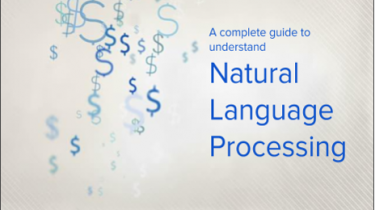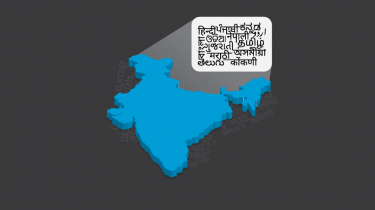Guide to Parsing HTML with BeautifulSoup in Python
Introduction Web scraping is programmatically collecting information from various websites. While there are many libraries and frameworks in various languages that can extract web data, Python has long been a popular choice because of its plethora of options for web scraping. This article will give you a crash course on web scraping in Python with Beautiful Soup – a popular Python library for parsing HTML and XML. Ethical Web Scraping Web scraping is ubiquitous and gives us data as we […]
Read more




